Investing in Employee Development When Business Is Slow
During slow business periods, it's tempting to focus solely on immediate concerns. However, investing in your employees' development during these times can yield significant long-term benefits. Enhancing your team's skills not only prepares your business for future growth but also boosts morale and retention.
1. Maximizing Downtime for Skill Enhancement
- Professional Training: Offer workshops, courses, or certifications relevant to your industry. This keeps employees engaged and improves their expertise.
- Soft Skills Development: Focus on areas like communication, leadership, and problem-solving, which are valuable across all roles.
2. Strengthening Employee Engagement
- Personal Growth Opportunities: Show your commitment to employees' careers by supporting their development goals.
- Increased Motivation: Learning new skills can reignite passion and drive within your team.
3. Preparing for Future Opportunities
- Ready for Growth: A more skilled workforce can quickly capitalize on new business opportunities when the market improves.
- Competitive Edge: Employees with up-to-date knowledge and skills give your company an advantage over competitors.
Effective Strategies for Employee Development
1. Create Individual Development Plans (IDPs)
- Personalized Goals: Work with each employee to identify their strengths, interests, and areas for growth.
- Clear Pathways: Outline the steps and resources needed to achieve their development objectives.
2. Leverage Online Learning Platforms
- Flexible Scheduling: Employees can learn at their own pace, accommodating different workloads and learning styles.
- Wide Range of Topics: Access to courses on various subjects relevant to your business needs.
3. Encourage Mentorship Programs
- Knowledge Sharing: Pair less experienced employees with seasoned professionals to facilitate on-the-job learning.
- Building Relationships: Strengthens team cohesion and fosters a supportive work environment.
4. Host In-House Workshops and Seminars
- Customized Content: Tailor sessions to address specific company challenges or goals.
- Cost-Effective: Utilize internal resources or bring in industry experts at a lower cost than external training programs.
Measuring the Impact
1. Set Clear Metrics
- Performance Assessments: Evaluate improvements in productivity, quality of work, or customer satisfaction.
- Feedback Surveys: Gather employee input on the effectiveness of development initiatives.
2. Adjust Programs Accordingly
- Continuous Improvement: Use insights from measurements to refine and enhance your development strategies.
Conclusion
Investing in employee development during slow periods is a strategic move that prepares your business for future success. It demonstrates a commitment to your team's growth, fostering loyalty and engagement. By enhancing skills now, you're building a stronger, more capable workforce ready to seize opportunities when business picks up.

